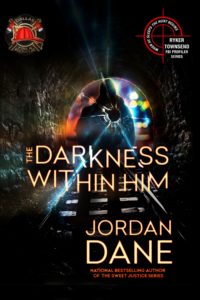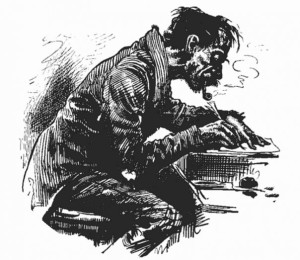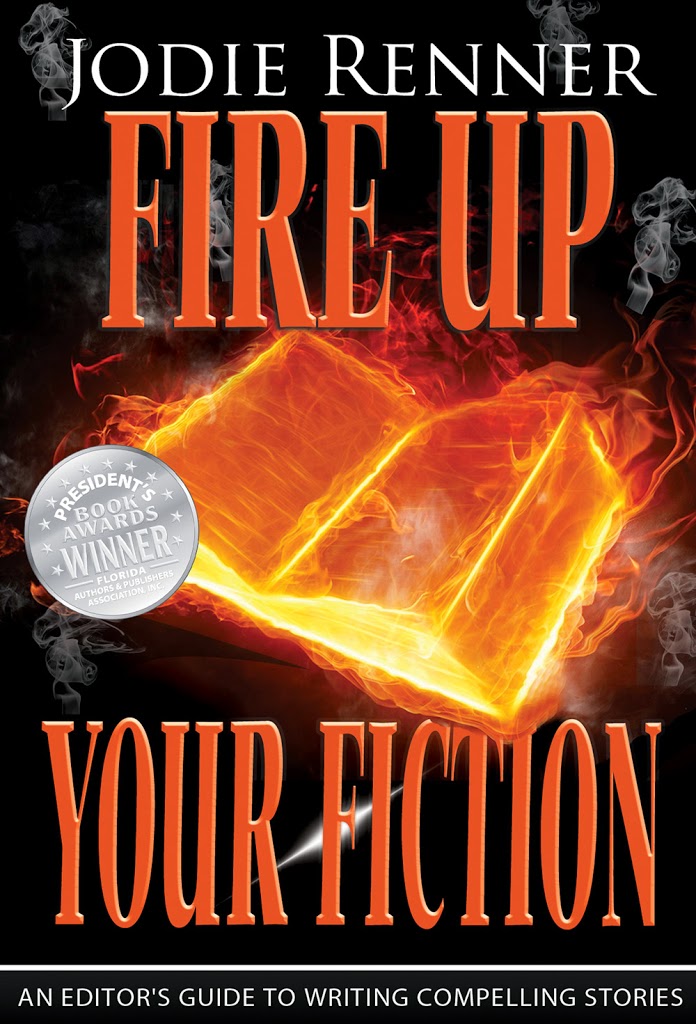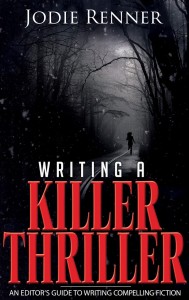There’s been a tremendous amount of writing wisdom shared over the years here at the Kill Zone, and I thought it would be a good idea to look at some wisdom offered as part of TKZ’s long-running First Page Critique series, especially since next time I will be giving my own inaugural first page critique on a recent fantasy submission.
First up today is Joe Moore’s advice on First-Person POV. Next PJ Parrish gives advice on sculpting a novel, prompted by her previous first page critique—alas, the link to that critique is no longer valid, but her advice in this post is still with us. Finally, Jordan Dane discusses how to make your inciting incident what it needs in order to give your novel a strong opening.
As always, the full posts are date-linked from their respective excerpts, and I hope you’ll weigh in with your own thoughts and comments.

Advantages of First POV:
1.) First person is easier to write (if you get the whole stream of consciousness thing going where you don’t filter yourself much) and it can help you flesh out the character – a good exercise even if you write in third POV.
2.) There is an immediate connection and intimacy to a first person POV voice. It is a blast to write. Even if you are writing in third and come across a bad writing day where nothing works, try writing your character’s diary and see what I mean. It can jumpstart your creativity.
3.) Writing in first person creates a clear perspective and a more linear plot involving the same character in every scene, but you better love that character—and make the reader love him/her too.
Challenges of First POV:
1.) If you choose to stay in first POV only, you must stick in the head of the character and plot the book from only things they can see. By doing this, you may give up some ability to manipulate your plot for mystery elements through secondary characters or foreshadow the workings of a villainous mind. Your character can only know what they have seen through your plot. This can be a limitation. I mix first with third POV to keep all my flexibility and tag the start of every scene where the main character is in first person so the reader can easily follow, but this method may not suit every author.
2.) The gender of the character can be a challenge if you do not identify your character, as the author did here with a name. He/she pronouns aren’t used, so you should find a way to indicate early on which gender is speaking before the reader gets too far along with an idea.
3.) The biggest challenge is not slipping into the “tell” mode, rather than the “show” mode in a first person narrative. This submission falls in that category where the lure of the narrator appeals for a while, but when nothing really happens in the critical first paragraphs, the reader’s mind may stray. Give the character something to do that will showcase his nature and attitude so the reader sees why he is a star in your story.
4.) Setting the scene can be a challenge in the first person. You have to “see” the surroundings and convey them through your character’s eyes, using the same attitude and flavor of their voice, without being obvious that you are “setting the stage” with an inventory or checklist.
Joe Moore–November 21, 2013
Writing a novel is a long series of questions and answers that you constantly ask yourself as you move through your story. As you do so, maybe it’s helpful to think about writing in terms of three-dimensional design. Consider…
Setting: Did I establish where my story takes place concretely enough so the reader feels transported to coastal Maine or does the setting feel like some generic Anywhereville? Am I wasting too many words describing this old insane asylum or do I need more to enhance the mood, to achieve what Poe called “the Unity of Effect”? If a setting is, indeed, like a character, is mine a quick line sketch or is it a well-rendered life-drawing? Or worse, is it not a character at all but just a sloppy caricature of Paris, Las Vegas, Miami…fill in the place with whatever postcard image you can come up with.
Backstory: How much do I reveal about Joe’s tortured past and do I deal with it in one long flashback scene or do I dribble it in slowly? Am I boring my reader with all this family-tree data or do they need it to understand the dynamics between mother and daughter? And if you write a series — how much about a character’s past from previous books do you need to add? Too much and you bore loyal fans; too little and you confuse new converts. If you go back and read the submission I mentioned above, you’ll see that I asked the writer, even in her first 400 words, to include a few more tidbits about her characters to add intrigue.
Description: Do I tell the reader what my protag looks like or do I let it fall to their imagination? Have I successfully conjured up this police station so the reader feels the atmosphere or does it add nothing to the narrative? Have I exploited my description? This is a subtle tool of fiction but important: Do you make your descriptions mean something? Do they somehow enhance and reflect what is going on in your action?
Years ago, at Thrillerfest, I heard David Morrell talk about this brilliantly. He talked about how the novelist John Barth used a method call “triangulation.” (James Hall teaches this as well). When describing your setting, you take the sense of sight for granted, but then you add two other senses from among the remaining four. If your characters merely “see” everything, your writing will feel one-dimensional. So you “triangulate” and emphasize the other senses.
Tattoo this line from Morrell on your forehead: “The flaw of an amateur is to assume what’s in our head is what’s on the page.”
PJ Parrish—February 14, 2017
Before I give my feedback, I wanted to share my thoughts on where to start a novel. Since I am a thriller/crime fiction writer, I tend to start with a body or an act of violence or action that will change my protagonist’s life and tip it like a first domino colliding with others. An inciting incident disrupts the status quo and stirs things up in an intriguing way for the reader. It jump starts the story arcs and kicks off the plot to take its course.
An example of this is found in the first Hunger Games book where the inciting incident is a ‘district’ lottery drawing that forces Katniss into taking the place of her little sister in a fight to the death broadcast on a futuristic television show. That incident is a punch to the emotional gut of the reader who MUST turn the page to find out what happens.
But what if your inciting incident isn’t that dramatic? What can you do to strengthen your opener?
Point of No Return – One benchmark for a solid inciting incident is that the protagonist can’t retreat once it starts. There should be a point of no return where the hero/heroine is forced to step out of his or her comfort zone and head into the abyss, to take a risk they hadn’t seen coming or that forces them into confronting their worst fears. It’s the author’s job to set the stage for the reader to discover why the hero or heroine deserves a starring role.
HERE is a link to a plotting method I’ve posted on my website under my FOR WRITERS section. It features the “W” plotting method and mentions the point of no return.
To Go Forward, You Sometimes have to Step Back – Ask yourself, what is my story about, the main thrust of the plot? Let’s call that a demarcation line. Now step back to a point where you find your protagonist, living in relative obscurity. What will drive him or her into stepping toward that demarcation line? What will stir, incite, or force them into making a move they might not otherwise? Then ask what would make that move a one-way trip? What is their point of no return, line in the sand moment? Picture a burned out mercenary, living as a hermit in the jungles of Venezuela, when a nun running an orphanage crosses his path. Their meeting may not be the point of no return, but when the villain in your story makes it his business to force the mercenary’s hand (threatening the children or the nun), the anti-hero takes action and can no longer live in obscurity. He’s forced to give up his life of anonymity and face his demons in order to do the right thing.
Questions to Ask About Your Inciting Incident to Make it Stronger:
1.) Review your current WIP for your inciting incident. Does it propel your protagonist (or even your antagonist) into your plot arcs?
2.) Is the inciting incident big enough to sustain a novel or propel it forward in a meaningful and realistic way? Are there enough building turning points to make it a journey?
3.) Are the stakes high enough to make the reader care?
4.) Does the inciting incident influence or jump start the main story question for your plot?
5.) Can your hero or heroine retreat from the inciting incident or is it significant enough to force a change into a new direction? In other words, do you have a legitimate point of no return where they are forced to cross that proverbial line in the sand?
Jordan Dane—October 19, 2017
***
- Have you written in first-person POV? If so, what was your experience?
- What do you think of Kris’s three-dimensional design approach to “sculpting a novel?” Have you triangulated in the fashion she discusses?
- What’s your approach to crafting a powerful inciting incident?
- Have you ever submitted a first page critique, either here, or at a conference or convention? If so, was it helpful?

 Gather round for another of our first-page critiques. The genre is Mystery. My comments to follow.
Gather round for another of our first-page critiques. The genre is Mystery. My comments to follow. We often talk about a character’s backstory, including a “wound” that haunts as a “ghost” in the present. It’s a solid device, giving a character interesting and mysterious subtext at the beginning. The wound is revealed later as an explanation. (Think of Rick in Casablanca. “I stick my neck out for nobody” and his casual using of women. The wound of Ilsa’s “betrayal” doesn’t become clear until the midpoint).
We often talk about a character’s backstory, including a “wound” that haunts as a “ghost” in the present. It’s a solid device, giving a character interesting and mysterious subtext at the beginning. The wound is revealed later as an explanation. (Think of Rick in Casablanca. “I stick my neck out for nobody” and his casual using of women. The wound of Ilsa’s “betrayal” doesn’t become clear until the midpoint).








